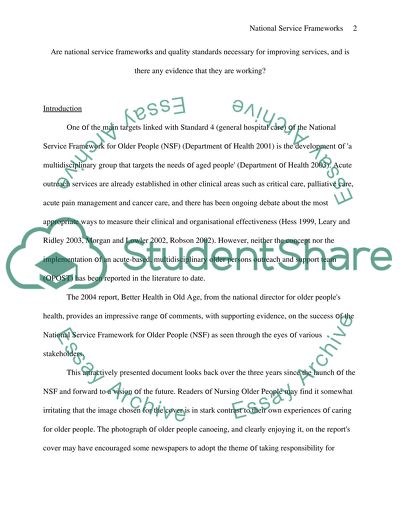Cite this document
(“Are national service frameworks and quality standards necessary for Essay”, n.d.)
Retrieved from https://studentshare.org/miscellaneous/1545946-are-national-service-frameworks-and-quality-standards-necessary-for-improving-services-and-is-there-any-evidence-that-they-are-working
Retrieved from https://studentshare.org/miscellaneous/1545946-are-national-service-frameworks-and-quality-standards-necessary-for-improving-services-and-is-there-any-evidence-that-they-are-working
(Are National Service Frameworks and Quality Standards Necessary for Essay)
https://studentshare.org/miscellaneous/1545946-are-national-service-frameworks-and-quality-standards-necessary-for-improving-services-and-is-there-any-evidence-that-they-are-working.
https://studentshare.org/miscellaneous/1545946-are-national-service-frameworks-and-quality-standards-necessary-for-improving-services-and-is-there-any-evidence-that-they-are-working.
“Are National Service Frameworks and Quality Standards Necessary for Essay”, n.d. https://studentshare.org/miscellaneous/1545946-are-national-service-frameworks-and-quality-standards-necessary-for-improving-services-and-is-there-any-evidence-that-they-are-working.


